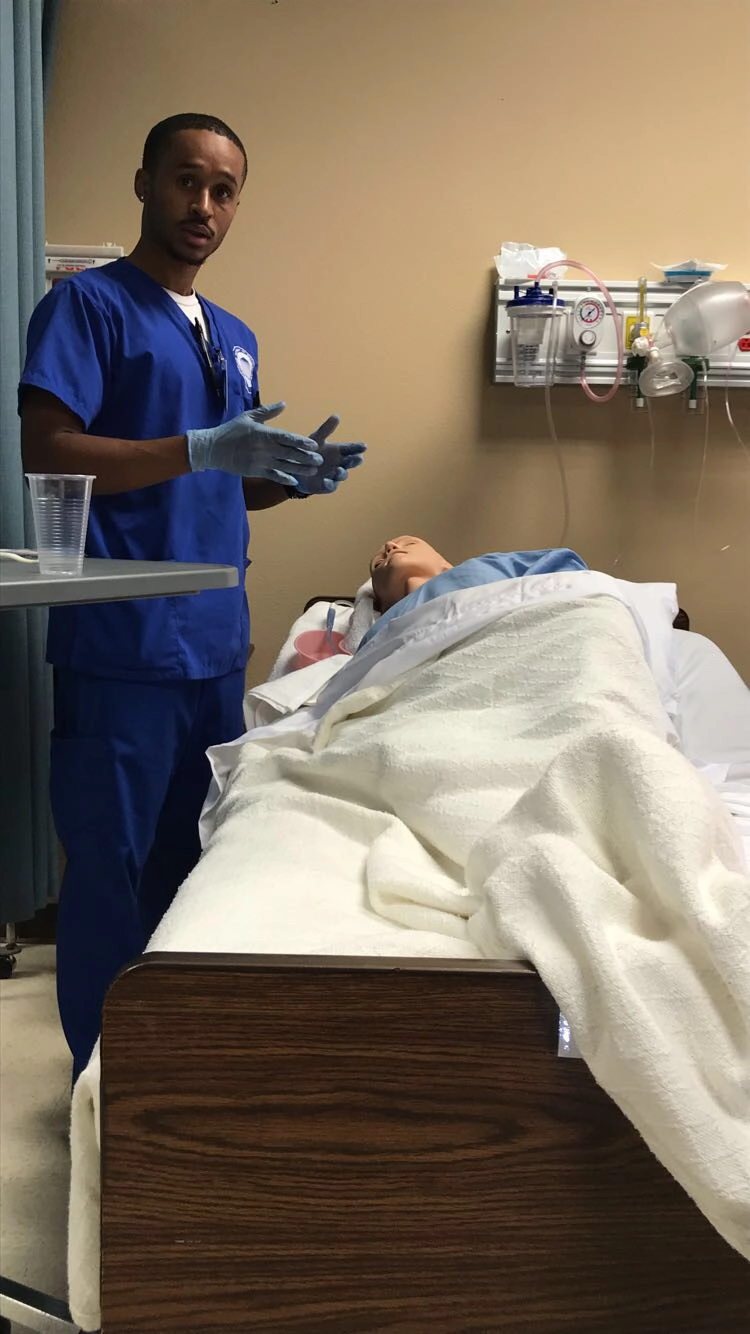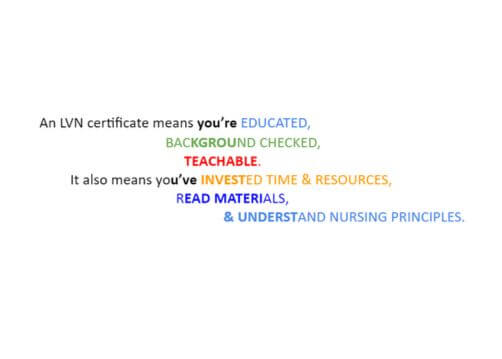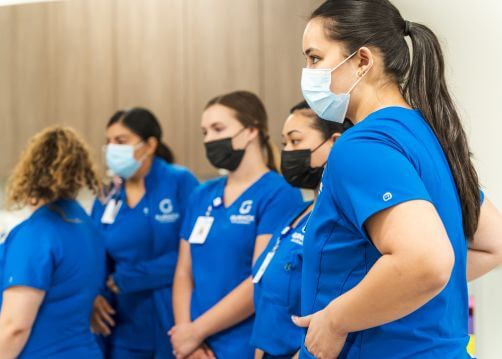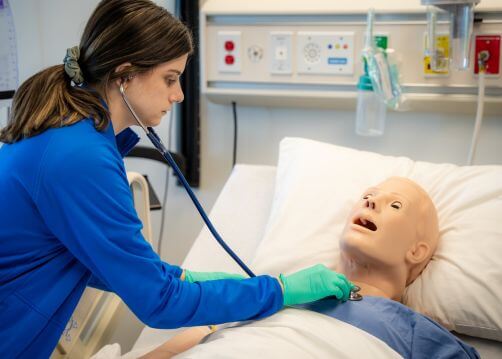Some Responsibilities of a Licensed Practical Nurse (LPN)
Date: November 11, 2019
A licensed practical nurse or LPN works under the direct supervision and direction of physicians and other registered nurses providing wellness and health care services to people of all walks of life, whether sick, injured, convalescent or disabled. Individuals who successfully finish an LPN program or an LVN program in Texas and California provide patients’ primary bedside care. Nurses work under the supervision of a registered nurse, a physician, or other health care provider.
Those that completed an LPN program work as part of health care teams that take a patient’s vital signs like temperature, blood pressure, pulse, and respiration. LPNs record a patient’s progress and note down the patient’s food and beverage intake and output. Those that finish an LPN program are also expected to help hospitalized, bedridden and other patients with their hygiene. They do so by assisting the patients with bathing and dressing and addressing their need for comfort and emotional well-being.
The graduates of an LPN program can be scrub nurses as well. These nurses directly assist surgeons in the operation room. Among their responsibilities, setting up sterile instruments and supplies and handing them to the operating surgeon or surgical assistant is the most important. LPN program graduates also prepare and give injections and enemas, treat bedsores, apply dressings, give alcohol rubs and massages, apply ice packs and hot water bottles, and insert catheters.
LPNs keep the patients under constant observation so that the nurses can then report any adverse reactions to treatments or medications that may appear. Other responsibilities in LPN program graduates will be to collect samples from patients for testing and perform some routine laboratory tests. Some states allow LPNs to administer prescribed medications and to start intravenous fluids. Licensed practical nurses can also help deliver babies and care for and feed infants.
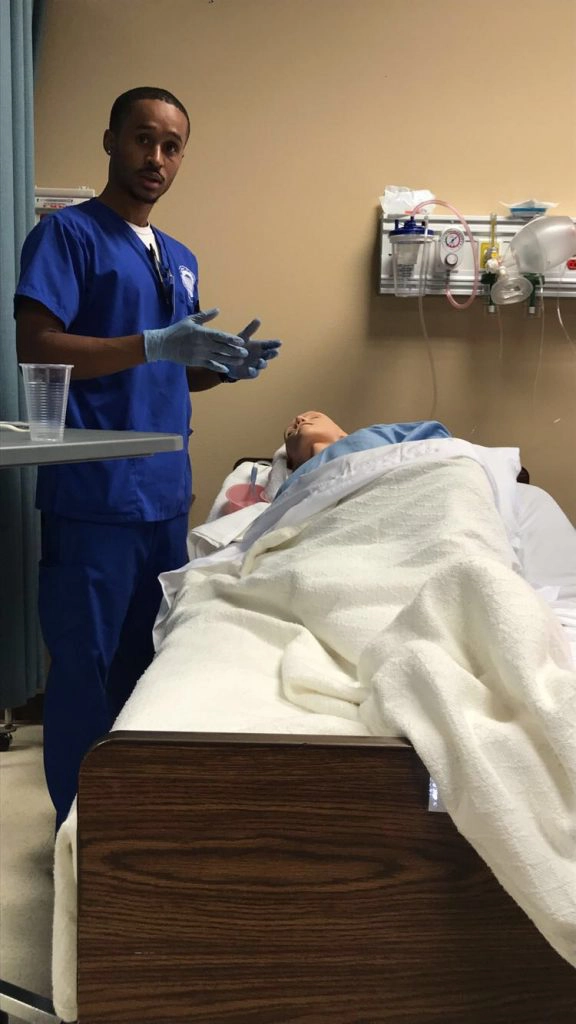
Those individuals who will graduate from an LPN program and become experienced LPNs will supervise other health care professionals like nursing assistants and aides. They will also provide a variety of clerical or administrative services.
These services are vital when they work in doctors’ offices and clinics; nurses often have to assist the administrative staff by making appointments, keeping records, and answering phones. By enrolling in an LPN program, you may also educate patients about health care issues, preventive health maintenance, and at-home treatment.
Licensed practical nurses will often assume broad responsibilities if they work in nursing homes. Besides the general bedside service, they might help the health care team evaluate residents’ needs by initiating care plans and overseeing nurse aides’ activities. When you’re considering enrolling in an LPN program to become a nurse, you must know that a nursing job can be emotionally stressful, since nurses will often work with critically or chronically ill patients.
Nurses must exhibit emotional stability and must be able to take direction from other types of nurses, doctors, and other supervisory staff. As an LPN, you’ll usually enjoy a flexible work schedule, especially in hospital settings, where you can work nights and weekends. Licensed practical nurses earn a median of about $47,500 per year. The lowest earnings are reported for the LPNs that work in doctors’ offices and clinics, and the highest median annual earning was in personnel supply services.

